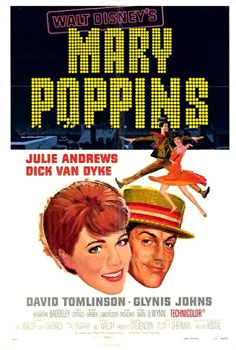
Mary Poppins is a 1964 American live-action/animated hybrid musical fantasy comedy film directed by Robert Stevenson and produced by Walt Disney, with songs written and composed by the Sherman Brothers. The screenplay is by Bill Walsh and Don DaGradi, based on P. L. Travers's book series Mary Poppins. The film, which combines live-action and animation, stars Julie Andrews in her feature film debut as Mary Poppins, who visits a dysfunctional family in London and employs her unique brand of lifestyle to improve the family's dynamic. Dick Van Dyke, David Tomlinson, and Glynis Johns are featured in supporting roles. The film was shot entirely at the Walt Disney Studios in Burbank, California, using painted London background scenes.
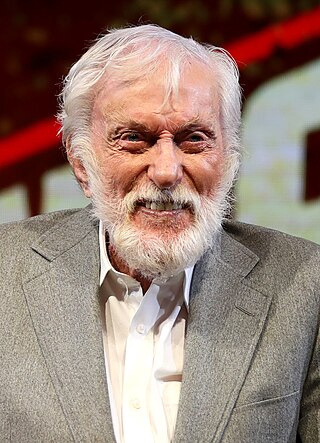
Richard Wayne Van Dyke is an American actor, entertainer and comedian. His work spans screen and stage, and his awards include six Emmy Awards, a Grammy Award and a Tony Award. He was inducted into the Television Hall of Fame in 1995 and the Hollywood Walk of Fame in 1993, and has been honored with the Screen Actors Guild Life Achievement Award in 2013, the Kennedy Center Honors in 2020, and was recognized as a Disney Legend in 1998.

Richard Lewis Deacon was an American television and motion picture actor, best known for playing supporting roles in television shows such as The Dick Van Dyke Show, Leave It to Beaver, and The Jack Benny Program, along with minor roles in films such as Invasion of the Body Snatchers (1956) and Alfred Hitchcock's The Birds (1963).

Friday is one of the main characters of Daniel Defoe's 1719 novel Robinson Crusoe and its sequel The Farther Adventures of Robinson Crusoe. Robinson Crusoe names the man Friday, with whom he cannot at first communicate, because they first meet on that day. The character is the source of the expression "Man Friday", used to describe a male personal assistant or servant, especially one who is particularly competent or loyal.

Akim Mikhailovich Tamiroff was an Armenian-American actor of film, stage, and television. One of the premier character actors of Hollywood's Golden Age, Tamiroff developed a prolific career despite his thick accent, appearing in at least 80 motion pictures over a span of 37 years.
William Crozier Walsh was a film producer, screenwriter and comics writer who primarily worked on live-action films for Walt Disney Productions. He was born in New York City. For his work on Mary Poppins, he shared Academy Award nominations for Best Picture with Walt Disney, and for Best Writing, Screenplay Based on Material from Another Medium with Don DaGradi. He also wrote the Mickey Mouse comic strip for more than two decades.
Disney Time is a television series that ran in the UK on the BBC, and also ITV at one point between 1961 and 1998. It was a regular holiday schedule filler. Clips of Disney films were introduced by celebrity hosts, which over the years included Paul and Linda McCartney, Noel Edmonds, Sarah Greene, Doctor Who's Tom Baker, The Goodies and Phillip Schofield.

William Gerald Paris was an American actor and director best known for playing Jerry Helper, the dentist and next-door neighbor of Rob and Laura Petrie, on The Dick Van Dyke Show, and for directing the majority of the episodes of the sitcom Happy Days.
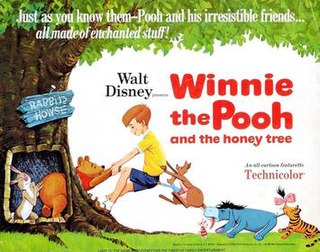
Winnie the Pooh and the Honey Tree is a 1966 American animated musical fantasy short film based on the first two chapters of Winnie-the-Pooh by A. A. Milne. The film was produced by Walt Disney Productions, and released by Buena Vista Distribution on February 4, 1966, as a double feature with The Ugly Dachshund. It was the last short film produced by Walt Disney, who died of lung cancer on December 15, 1966, ten months after its release. Its songs were written by the Sherman Brothers and the score was composed and conducted by Buddy Baker.

Byron Conrad Haskin was an American film and television director, special effects creator and cinematographer. He is best known for directing The War of the Worlds (1953), one of many films where he teamed with producer George Pal.
Walt Disney's Treasury of Classic Tales is an American Disney comic strip, which ran on Sundays in newspapers from July 13, 1952, until February 15, 1987. It was distributed by King Features Syndicate. Each story adapted a different Disney film, such as Darby O'Gill and the Little People, Peter Pan, or Davy Crockett. It was run in relatively few papers, with 58 in 1957 and 55 in 1966, and was principally a vehicle for promoting new and re-released Disney films.

Never a Dull Moment is a 1968 American heist comedy crime film from Walt Disney Productions starring Dick Van Dyke and Edward G. Robinson and directed by Jerry Paris. The script by A. J. Carothers was based on The Reluctant Assassin by John Godey. The supporting cast features Dorothy Provine, Henry Silva, Slim Pickens and Jack Elam. Master cartoonist Floyd Gottfredson created a comic strip, Astro Pooch, to be used as a prop in the film.
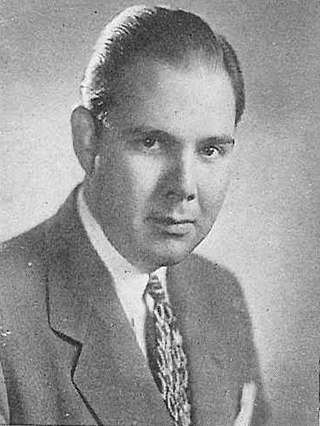
Henry Calvin was an American actor known for his role as the Spanish soldier Sergeant Garcia on Walt Disney's live-action television series Zorro (1957–1959).

Bill Idelson was an American actor, writer, director and producer widely known for his teenage role as Rush Gook on the radio comedy Vic and Sade and his recurring television role as Herman Glimscher on The Dick Van Dyke Show in the 1960s.

Honeymoon in Bali is a 1939 American romantic comedy film. It is also known by the alternative titles Husbands or Lovers and My Love for Yours. Virginia Van Upp's screenplay was based on the short stories "Our Miss Keane" by Grace Sartwell Mason in The Saturday Evening Post of May 24, 1923, and "Free Woman" by Katharine Brush in Redbook magazine of November–December 1936. In 1936 Paramount announced a film of Our Miss Keane to star Merle Oberon to be produced.

The Boys: The Sherman Brothers' Story is a 2009 American documentary film about the Sherman Brothers. The film is directed and produced by their sons, Gregory V. Sherman and Jeff Sherman, and released through Walt Disney Pictures. Ben Stiller acted as executive producer for the film.
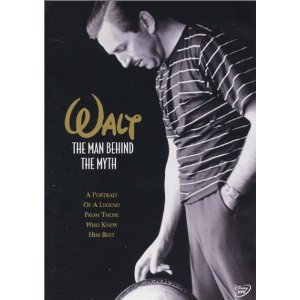
Walt: The Man Behind the Myth is a 2001 biographical documentary film about Walt Disney. It was narrated by Dick Van Dyke and directed by Jean-Pierre Isbouts.

Mary Poppins: Original Cast Soundtrack is the soundtrack album of the 1964 film Mary Poppins, with music and lyrics written by songwriters Richard M. Sherman and Robert B. Sherman, and adapted and conducted by Irwin Kostal.
Frank Van Tuyl Phillips was an American cinematographer. He was born in 1912 in San Bernardino, California. He was a director of photography and Disney and MGM Studios. His credits at MGM as a camera operator include Singin' in the Rain and Giant. His Disney credits include Bedknobs and Broomsticks, Pete's Dragon, and Escape to Witch Mountain. He was nominated for an Academy Award for his work on The Black Hole. He also worked in television and received an Emmy nomination for his work on Hawaii Five-0.
Disney Movie Magic is a nighttime projection mapping show that debuted at Disney's Hollywood Studios, Walt Disney World on May 26, 2017. It is projected onto the façade of the park's Chinese Theater. It features the live-action films from Walt Disney Studios. The show was temporarily replaced by a new show, Wonderful World of Animation as part of its 30th anniversary celebration.















